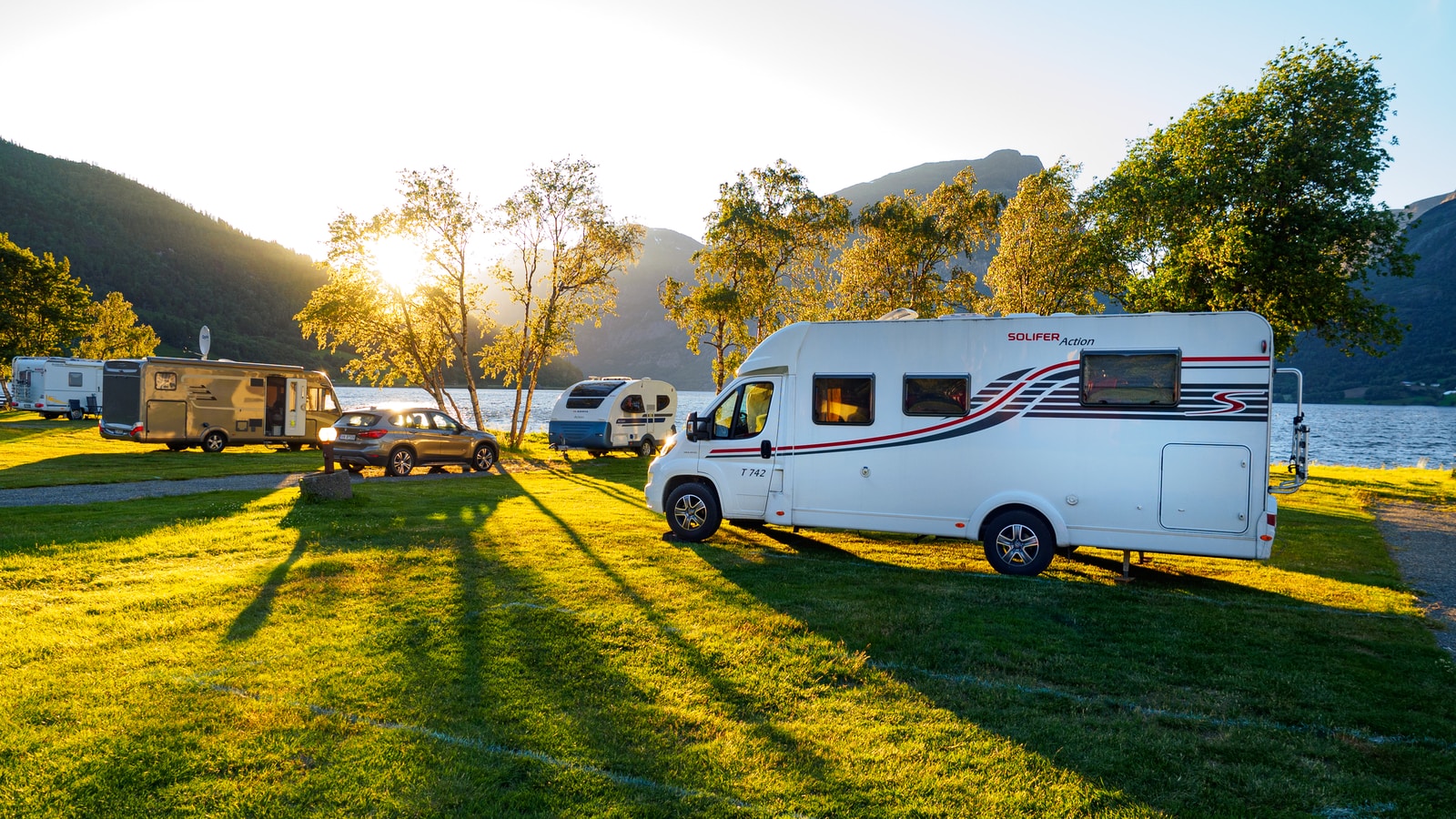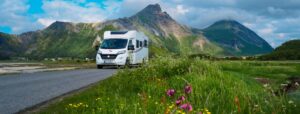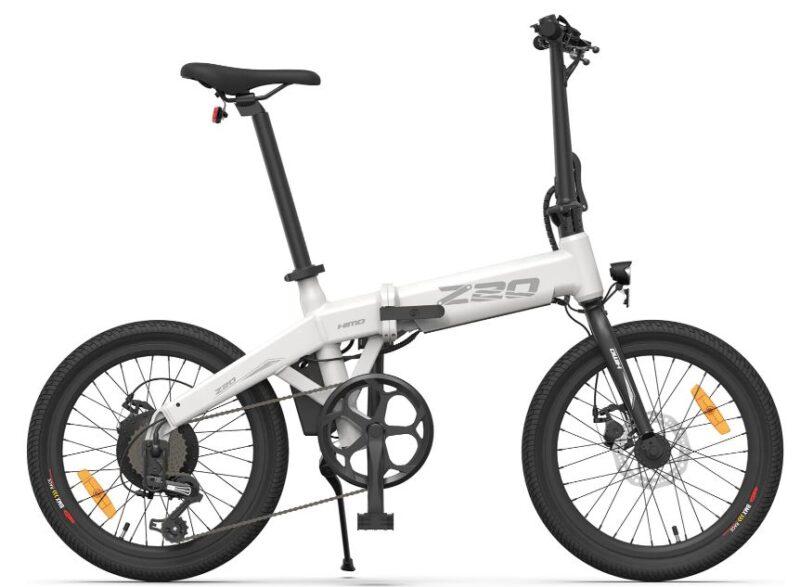
Why is Bluetti the Best Portable Solar Generator – The 10 Best Reasons
Why is Bluetti the Best Portable Solar Generator?
1. Sustainable energy
Bluetti Power Stations are the best choice for portable sustainable energy for several reasons. Their compact and lightweight design makes them easy to transport.
Another reason Bluetti Power Stations are the best in their high-capacity lithium-ion batteries. With up to 2400Wh of stored energy, you can power your devices for days without having to worry about recharging. And with a built-in solar panel, you can easily recharge your Bluetti Power Station using the power of the sun.
Bluetti Power Stations are equipped with advanced solar panels and efficient inverters.
Bluetti Power Stations have multiple outlets, including AC, USB, and DC to charge your devices and appliances. So whether you need to power your laptop, charge your phone, or run a small refrigerator, Bluetti has you covered.
In conclusion, Bluetti Power Stations are the best choice for portable energy, high-capacity batteries, advanced technology, and versatility. Invest in a Bluetti Power Station today and start enjoying the benefits of clean, sustainable energy for yourself.

2. Lithium-ion batteries
Lithium-ion batteries are the best choice for portable power supplies for several reasons:
High Energy Density:
Lithium-ion batteries have a higher energy density compared to other battery technologies and store more energy in a smaller package. This makes them ideal for portable power supply.
Long Life Span:
Lithium-ion batteries have a long life span. They can be recharged and used multiple times before needing to be replaced. This makes them a cost-effective option for portable power supplies.
Low Self-Discharge:
Lithium-ion batteries have a low self-discharge rate and retain their charge for a longer time, even when not in use. This makes them ideal for portable power supplies.
High Voltage:
Lithium-ion batteries have a high voltage, making them more efficient at converting stored energy into usable electricity.
Wide Operating Temperature Range:
Lithium-ion batteries are able to operate in a wide range of temperatures, making them suitable for use in a variety of environments. Whether you’re using your portable power supply in a hot or cold climate, you can be sure that the lithium-ion battery will perform effectively.
In conclusion, lithium-ion batteries are the best choice for portable power supplies with a longer life span, low self-discharge rate, and higher voltage. Whether you’re looking to power your home, RV, or outdoor adventure, a lithium-ion battery-powered portable power supply is a smart and reliable choice.
3. Solar Panels
Renewable Energy:
Solar panels convert the energy from the sun into usable electricity, providing a clean and renewable energy source. With a portable solar panel, you can have access to an endless supply of energy, without having to rely on traditional fossil fuels.
No Noise or Emissions:
Solar panels produce no noise or emissions, making them an environmentally-friendly option for portable power supplies. Whether you’re using your portable power supply in a remote location or in your backyard, you can be confident that it won’t harm the environment.
Easy to Use:
Portable solar panels are easy to use, simply place them in the sun and they will begin generating electricity. No special skills or tools are required, making them accessible to a wide range of users.
Cost Effective:
Portable solar panels can be a cost-effective option for portable power supplies, especially in the long term.
Versatile:
Portable solar panels can be used in a wide range of applications, making them a versatile choice for portable power supplies. Whether you’re camping, tailgating, or using your power supply in a remote location, a portable solar panel can provide the energy you need.
In conclusion, solar panels are the best choice for portable power supplies due to their renewable energy source, no noise or emissions, ease of use, cost-effectiveness, and versatility. Invest in a portable solar panel today and start enjoying the benefits of clean, sustainable energy wherever you go.

4. Inverters
Inverters are essential components of portable power supplies. They play a key role in converting DC energy into AC energy that can be used to power electrical appliances.
Here are several reasons why inverters are the best choice for portable power supplies:
Compatibility:
Inverters are compatible with a wide range of batteries, including lead-acid, nickel-cadmium, and lithium-ion, making them a flexible choice for portable power supplies.
Efficiency:
Modern inverters are highly efficient, meaning they waste very little energy in the conversion process. This means that you’ll get more usable energy from your battery, making your portable power supply more efficient.
Reliability:
Inverters are designed to be reliable and durable, making them a dependable choice for portable power supplies. They are also built to withstand harsh conditions, so you can be confident that they will perform well in even the toughest environments.
Safety:
Inverters are equipped with safety features, such as short circuit protection, overloading protection, and thermal protection, ensuring that your portable power supply will be safe to use.
Convenience:
Inverters are easy to use, simply connect them to your battery and you’ll be able to power your appliances and other devices. They are also compact and lightweight, making them easy to transport and store.
In conclusion, inverters are the best choice for portable power supplies due to their compatibility, efficiency, reliability, safety, and convenience. Whether you’re using your portable power supply for camping, tailgating, or emergency preparedness, an inverter is a critical component that will help you make the most of your energy.
Portable
Convenience: Portable power supplies are designed to be lightweight and compact, making them easy to transport and store. Whether you’re using them for camping, tailgating, or in an emergency situation, portable power supplies provide the energy you need, wherever you are.
Reliability
Portable power supplies are built to be reliable and durable, ensuring that you will have access to power when you need it. They are also designed to withstand harsh conditions, so you can be confident that they will perform well in even the toughest environments.
Versatility
Portable power supplies can be used for a wide range of applications, making them a versatile choice for energy needs. Whether you need to power appliances, charge devices, or keep your lights on during a power outage, a portable power supply can provide the energy you need.
Energy Independence
Portable power supplies provide energy independence, allowing you to have access to energy without having to rely on traditional power sources. Whether you’re in a remote location or simply want to reduce your dependence on the grid, a portable power supply can provide the energy you need.
Environmentally-Friendly:
Many portable power supplies use renewable energy sources, such as solar panels or wind turbines, to generate electricity. This makes them an environmentally-friendly option, reducing your carbon footprint and protecting the environment.
In conclusion, portable power supplies are the best choice for their convenience, reliability, versatility, energy independence, and environmentally-friendly nature.
6. Plug-and-play
Ease of use:
Plug-and-play portable power supplies are incredibly easy to use, requiring no special skills or knowledge to set up. Simply plug them in and you’re ready to go.
Time-saving:
With a plug-and-play portable power supply, you won’t have complicated systems or software. Simply plug it in and start using it right away.
Convenience:
Plug-and-play portable power supplies are highly convenient, making them ideal for use in a wide range of environments. No matter how you use them, a plug-and-play portable power supply is the simplest and most convenient way to access energy.
Versatility:
Plug-and-play portable power supplies can be used with a wide range of devices, making them versatile and useful in a variety of settings.
Affordability:
Compared to traditional generator systems, plug-and-play portable power supplies are relatively inexpensive, making them a cost-effective option for those looking for an easy, accessible source of energy.
In conclusion, plug-and-play portable power supplies are the best choice for their ease of use, time-saving, convenience, versatility, and affordability. Whether you’re looking for a reliable source of energy or a backup power source for your home, a plug-and-play portable power supply is the perfect solution.
7. High Capacity
Longer run time:
High-capacity portable power supplies provide more energy, giving you longer run times and reducing the need for frequent recharging. This is especially important for outdoor activities, where access to power may be limited.
Increased versatility:
With a high-capacity portable power supply, you can run multiple devices simultaneously, making them ideal for use in a variety of settings. Whether you’re powering appliances, charging devices, or running lights, a high-capacity portable power supply provides the energy you need to get the job done.
Reliability:
High-capacity portable power supplies are built to be reliable and durable, providing a reliable source of energy when you need it most. With a large energy capacity, you can be confident that your power supply will last for a long time, even in tough conditions.
Reduced downtime:
A high-capacity portable power supply means less downtime, as you won’t have to stop what you’re doing to recharge as often. This makes them ideal for use in both outdoor and indoor environments, where access to power is limited.
Peace of mind:
With a high-capacity portable power supply, you can enjoy the peace of mind that comes with knowing that you have a reliable source of energy. Whether you’re using it for camping, tailgating, or in an emergency situation, a high-capacity portable power supply provides the energy you need, when you need it.
In conclusion, high-capacity portable power supplies are the best choice for their longer run time, increased versatility, reliability, reduced downtime, and peace of mind. Invest in a high-capacity portable power supply today and enjoy the benefits of having access to reliable, sustainable energy wherever you go.

8. Eco-friendly
Reduced environmental impact:
Eco-friendly portable power supplies produce minimal emissions and use renewable energy sources, reducing their overall impact on the environment. This makes them an ideal choice for outdoor activities and helps to minimize the carbon footprint associated with energy consumption.
Sustainability:
Eco-friendly portable power supplies rely on renewable energy sources such as solar and wind, which are sustainable and renewable. This allows you to enjoy a reliable source of energy without running out of fuel.
Cost-effectiveness:
Eco-friendly portable power supplies are often more cost-effective in the long run, as they don’t require frequent refueling or maintenance. This makes them a smart investment for anyone looking for an affordable, sustainable energy source.
Increased energy independence:
With an eco-friendly portable power supply, you can enjoy increased energy independence, and not rely on traditional energy sources.
Improved health:
Eco-friendly portable power supplies produce fewer emissions, reducing the potential health risks associated with exposure to toxic fumes and pollutants. This makes them a healthier choice for both you and the environment.
In conclusion, eco-friendly portable power supplies are the best choice for their reduced environmental impact, sustainability, cost-effectiveness, increased energy independence, and improved health. Invest in an eco-friendly portable power supply today and enjoy the benefits of a clean, sustainable energy source that supports a healthier planet.
9. Versatile
Large-capacity battery: Bluetti power stations have large-capacity lithium-ion batteries that store a lot of energy, allowing you to power a variety of devices for an extended period of time.
Multiple output ports:
Bluetti power stations have multiple output ports, including AC outlets, USB ports, and DC outputs. This means you can charge a wide range of devices, including laptops, smartphones, cameras, and other electronics.
Solar-compatible:
Some Bluetti models are designed to be compatible with solar panels, allowing you to recharge the power station’s battery using renewable energy. This makes them ideal for outdoor and off-grid use.
Portable design:
Bluetti power stations are designed to be portable, with a compact and lightweight design. This makes them easy to carry around, and you can take them with you wherever you go.
Durable construction:
Bluetti power stations are made with high-quality materials and are built to withstand rough conditions. This makes them ideal for outdoor use and for emergency backup power.
All these features combined make Bluetti portable power stations a versatile option for powering a wide range of devices, whether you’re at home, in the office, or on the go.
10. Reliable Energy Source
High-quality components:
Bluetti power stations use high-quality components and are built to rigorous standards, ensuring reliable and long-lasting performance.
Large battery capacity:
Bluetti power stations have large-capacity lithium-ion batteries that can store a lot of energy, ensuring that you have a reliable source of power even when you’re off the grid.
Multiple output ports:
Bluetti power stations have multiple output ports, allowing you to charge a wide range of devices, including laptops, smartphones, and other electronics. This gives you the flexibility to power your devices whenever and wherever you need to.
Overload protection:
Bluetti power stations are designed with built-in overload protection, which helps prevent damage to the power station and your devices in the event of a power surge.
Solar compatibility:
Some Bluetti models are designed to be compatible with solar panels, allowing you to recharge the power station’s battery using renewable energy. This makes them ideal for outdoor and off-grid use and helps ensure a reliable energy source even in remote locations.
All these features combined make Bluetti portable power stations a reliable source of energy that you can count on when you need it most.
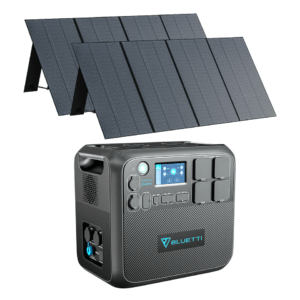




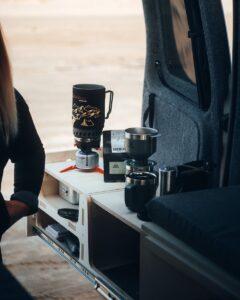

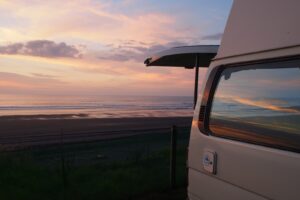








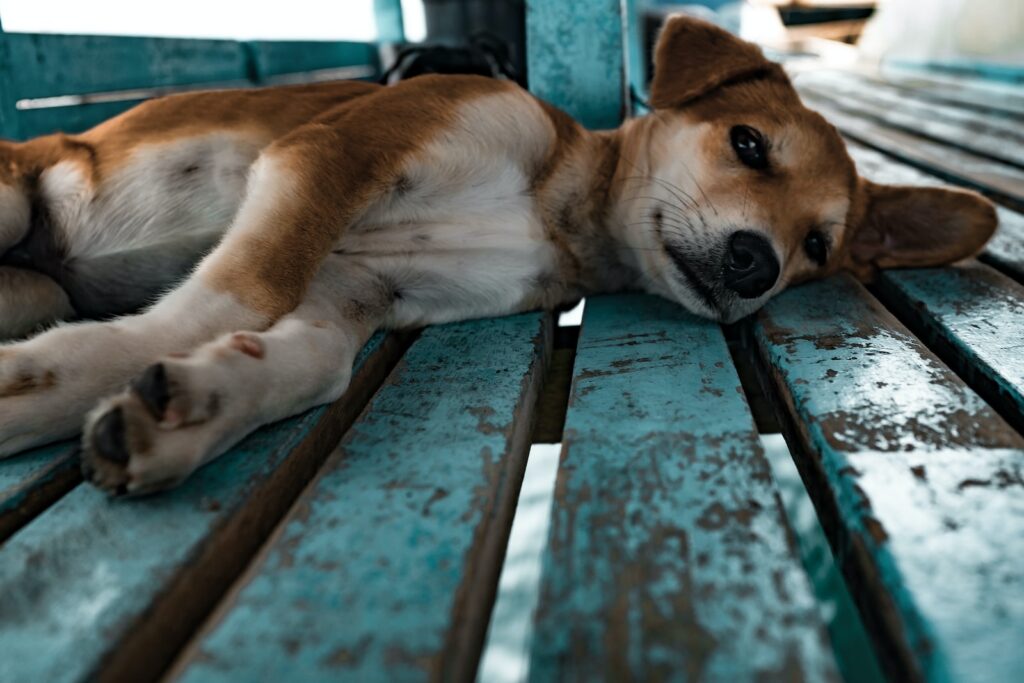

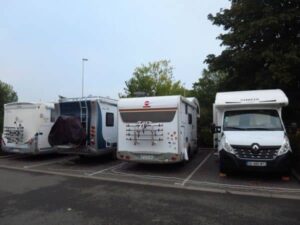
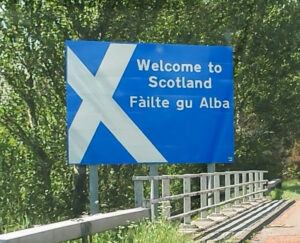
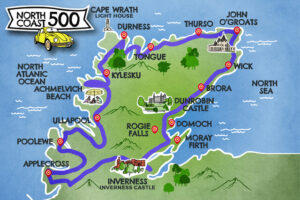 NC 500 Route
NC 500 Route Inverness
Inverness Dunnet Bay
Dunnet Bay Smoo Cave
Smoo Cave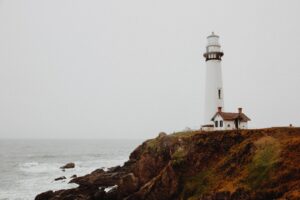
 Inverewe Garden
Inverewe Garden Beinn Eighe
Beinn Eighe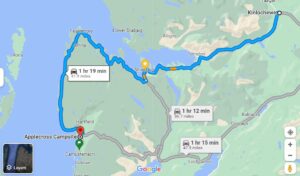 Kinlochewe to Applecross via Shieldaig coastal route
Kinlochewe to Applecross via Shieldaig coastal route